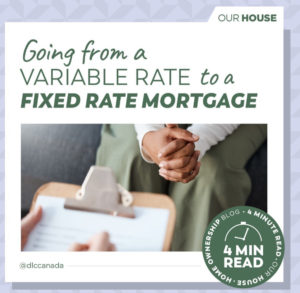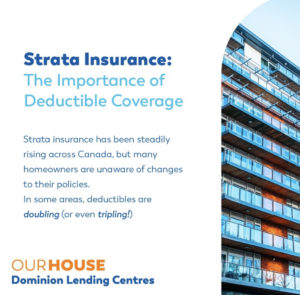
Managing debt is challenging at any age, but it can be especially stressful in retirement when income is limited. Many Canadians turn to debt consolidation to simplify payments and lower interest rates. However, traditional options—such as personal loans, refinancing, or home equity lines of credit—often require a strong credit score and steady income, making them difficult for retirees to secure.
The CHIP Reverse Mortgage: A Smart Debt Consolidation Solution
For homeowners aged 55 and older, the CHIP Reverse Mortgage from HomeEquity Bank offers a unique way to consolidate debt without required monthly payments. By tapping into home equity, retirees can pay off high-interest debt and enjoy greater financial freedom. Many CHIP customers have found relief through this solution.
Why Consider the CHIP Reverse Mortgage?
The CHIP Reverse Mortgage offers several key benefits for retirees looking to consolidate debt:
No monthly payments required: Unlike other loans, repayment is only required when you sell, move, or pass away.
Simple qualification: As long as you and your spouse are at least 55 years of age or older, the rest of the approval process is based on home equity rather than credit score or income.
Tax-free cash: Access up to 55% of your home’s value without affecting retirement benefits like OAS or GIS.
Flexibility: Receive funds as a lump sum or in installments, depending on your needs.
Protection against market fluctuations: HomeEquity Bank’s No Negative Equity Guarantee*ensures you or your heirs never owe more than the home’s fair market value, upon the due date of the loan.
Common Debt Consolidation Options vs. The CHIP Reverse Mortgage
You may explore various debt consolidation strategies during retirement, but they can come with challenges:
Refinancing or HELOC: Requires strong credit and income; missed payments can lead to foreclosure.
Unsecured personal loans: Often come with high interest rates if credit is poor.
RRSP withdrawals: Can trigger withholding taxes and impact retirement income.
Balance transfer credit cards: Signing up for a structured debt consolidation loan through a 0% balance-transfer card may require proof of income to cover your monthly minimum payments.
Take Control of Your Retirement Finances
Debt doesn’t have to define your retirement. With the CHIP Reverse Mortgage, you can consolidate debt, eliminate monthly payments, and enjoy financial stability while staying in your home. If you’re looking for a way to manage retirement debt, this may be the perfect solution.
To learn more about how the CHIP Reverse Mortgage can help you consolidate debt, contact your DLC mortgage expert.
Published by HomeEquity Bank









